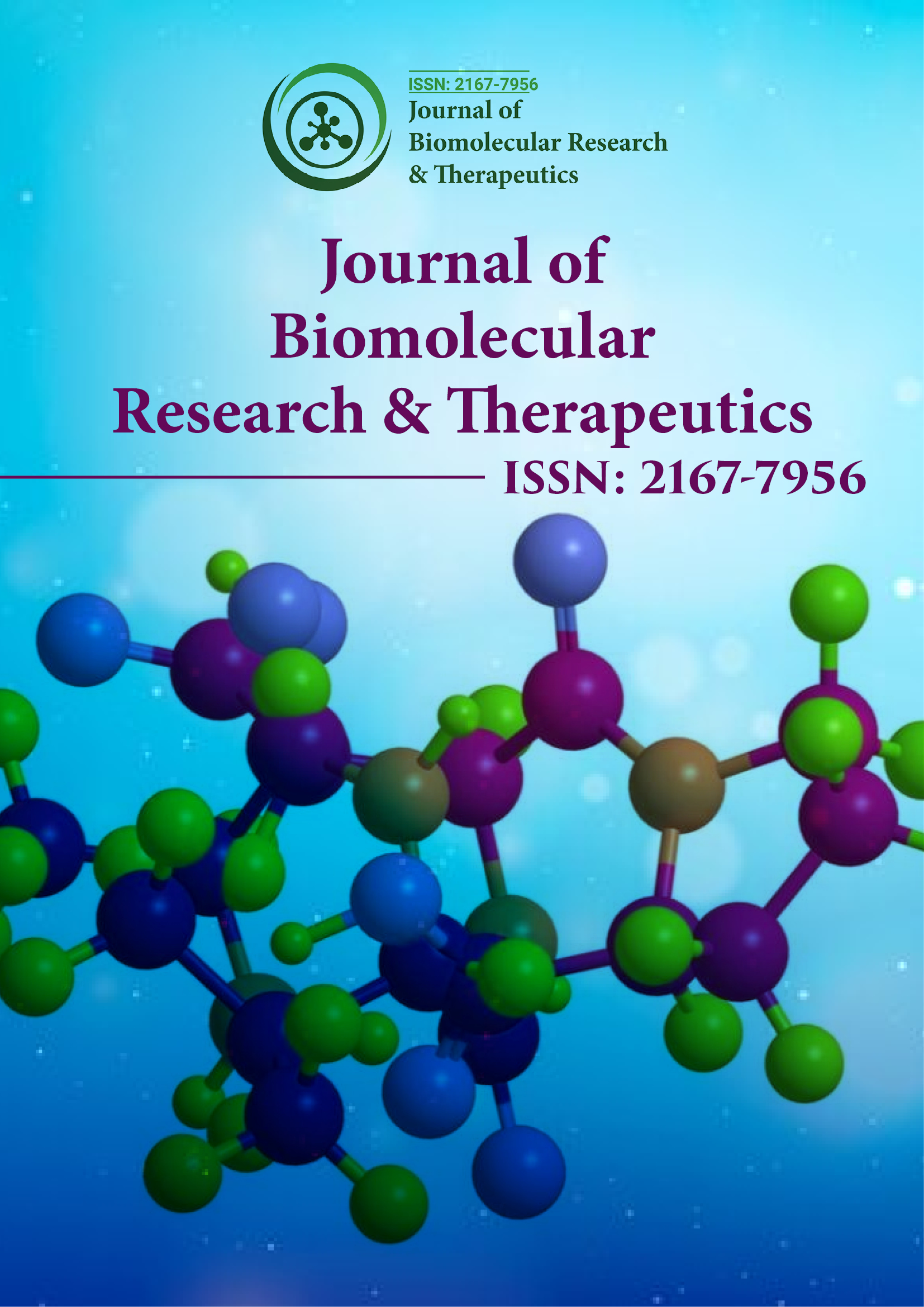Indiziert in
- Öffnen Sie das J-Tor
- Genamics JournalSeek
- Forschungsbibel
- Elektronische Zeitschriftenbibliothek
- RefSeek
- Hamdard-Universität
- EBSCO AZ
- OCLC – WorldCat
- SWB Online-Katalog
- Virtuelle Bibliothek für Biologie (vifabio)
- Publons
- Euro-Pub
- Google Scholar
Nützliche Links
Teile diese Seite
Zeitschriftenflyer

Open-Access-Zeitschriften
- Allgemeine Wissenschaft
- Biochemie
- Bioinformatik und Systembiologie
- Chemie
- Genetik und Molekularbiologie
- Immunologie und Mikrobiologie
- Klinische Wissenschaften
- Krankenpflege und Gesundheitsfürsorge
- Landwirtschaft und Aquakultur
- Lebensmittel & Ernährung
- Maschinenbau
- Materialwissenschaften
- Medizinische Wissenschaften
- Neurowissenschaften und Psychologie
- Pharmazeutische Wissenschaften
- Umweltwissenschaften
- Veterinärwissenschaften
- Wirtschaft & Management
Abstrakt
In-silico- Identifizierung von Kandidaten für inhibitorische Liganden gegen das Enzym Ornithin-Decarboxylase für die menschliche Schlafkrankheit Trypanosoma brucei
Hukkeri S und Alinne Batista Ambrosio
Ornithindecarboxylase (ODC) katalysiert die Decarboxylierung von Ornithin zu Putrescin. Dies ist bekanntermaßen ein entscheidender Schritt in der Biosynthese von Polyaminen. Diese Polyamine sind für das Wachstum und die Vermehrung mikrobieller Zellen notwendig. Daher ist das Enzym ODC das beste Ziel zur Behandlung des Protozoenparasiten Trypanosoma brucei, der die afrikanische Schlafkrankheit verursacht. ODC ist ein 5'-Pyridoxalphosphat (PLP)-abhängiges, obligat homodimeres Enzym mit zwei identischen aktiven Stellen an der Dimerschnittstelle, bestehend aus der Beta- oder Alpha-Barrel-Domäne einer Untereinheit und der Beta-Faltblatt-Domäne der anderen Untereinheit. Die katalytischen Reste werden von beiden Monomeren zur aktiven Stelle beigetragen. Eine Röntgenkristallographiestudie an ODC im wilden T. brucei hat zwei Strukturänderungen bei der Ligandenbindung ergeben; ein Aminosäurerest, insbesondere Lys-69, wird durch Putrescin verdrängt, wodurch eine neue Interaktion entsteht und eine Seitenkette von Cys-360 bewegt sich zum aktiven Zentrum. Eine Mutation des Cys-Restes zur Aminosäure Ala oder Ser verringert die Kcat-Energie der Decarboxylierungsreaktion drastisch. Interessanterweise zeigte der Ligand ZINC01703953 eine Interaktion mit dem ODC-Protein, der funktionellen Aminosäure Lys-69, mit einem angedockten Score von -8,28 von 35 getesteten Liganden basierend auf Virtual Screening (VS) mit der AutoDock-Suite in der vorliegenden Studie. Ein anderer Ligand mit der höchsten Punktzahl (-9,69), ZINC67855534, interagiert mit Aminosäureresten, die an der Bildung des aktiven Zentrums des ODC-Enzyms aus unserem aktuellen VS-Experiment beteiligt sind. Daher könnten die Liganden ZINC01703953 und ZINC67855534 nach weiteren experimentellen In-vitro-Validierungen möglicherweise als potenzielle Kandidaten gegen T. brucei in Betracht gezogen werden.